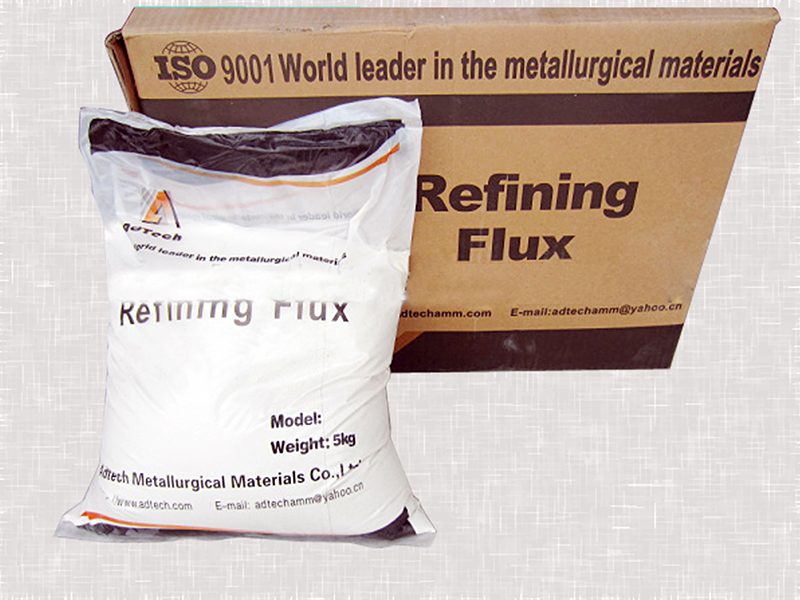
20 2月 Flux Melting Aluminium
Flux Melting Aluminium
Flux Melting Aluminium is solid substance (commonly mixtures of chloride and fluoride salts) used in aluminum foundries in order to reduce melt oxidation, minimize penetration of the atmospheric Hydrogen, absorb non-metallic inclusions suspended in the melt, keep the furnace/ladle wall clean from the built-up oxides, decrease the content of aluminum entrapped in the dross, remove hydrogen dissolved in the melt, provide aluminum grain refining during Solidification, modify silicon inclusions in silicon-containing alloys, oxidize excessive magnesium.
The common practice of Flux Melting Aluminium introduction is manual application.
Most of the fluxes are applied on the melt surface and stirred into the melt. Some of the fluxes (degassing, grain refining) are plunged to the bottom by a clean preheated perforated bell.
Flux Melting Aluminium may also be introduced into the melt by injection in the form of a powder in an inert gas (Argon or Nitrogen) stream.
The simplest flux injection technique is a lance immersed into the melt.
The most effective flux introduction method is injection by rotary degasser.
In the smelting process of aluminum and aluminum alloys, hydrogen and oxidized inclusions are the main substances that contaminate the aluminum melt.
Aluminum is very easy to form A1202 or secondary alumina with oxygen (Al2O and A10).
At the same time, it is also very easy to absorb gas (H), which accounts for 70-90% of the total amount of gas in the aluminum melt, and the main defects in the cast aluminum alloy – pores and slag inclusions – are due to gas and oxidation remaining in the alloy. Caused by solid particles such as matter.
Therefore, in order to obtain a high-quality melt, it is not only necessary to select a correct and reasonable smelting process, but also the refining and purifying treatment of the melt is important.

Role of Flux Melting Aluminium
1. Changing the wettability of the aluminum melt to the oxide (alumina), so that the aluminum melt is easily separated from the oxide (alumina) so that most of the oxide (alumina) enters the flux and reduces the melting. The content of oxides in the body.
2. The flux can change the state of the oxide film on the surface of the melt. This is because it can break up the solid and dense oxide film on the surface of the melt into fine particles, thereby facilitating the hydrogen in the melt to escape from the particle gap of the oxide film layer and enter the atmosphere.
3. The presence of the flux layer can isolate the contact between the water vapor and the aluminum melt in the atmosphere, making it difficult for hydrogen to enter the aluminum melt, and at the same time preventing the melt oxidation loss.
4. The flux adsorbs oxides in the aluminum melt to purify the melt. In summary, the effect of flux refining to remove inclusions is mainly achieved by adsorption, dissolution, and chemistry with oxide films and non-metallic inclusions in the melt.
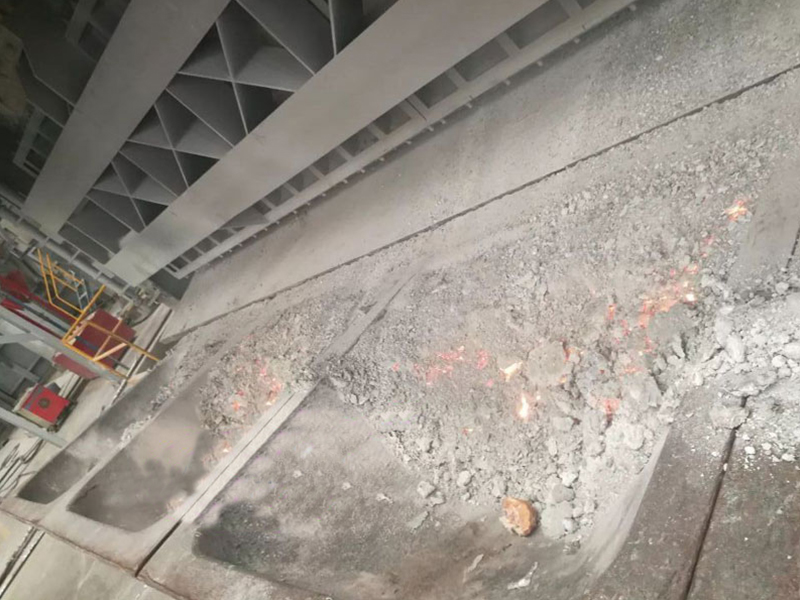
Classification and Requirements of Flux Melting Aluminium
There are many kinds of fluxes used in aluminum alloy smelting, which can be divided into two types: covering agent (flux for preventing melt oxidation and inhalation) and refining agent (gas for removing gas and inclusions for inclusions). The covering agent is different from the refining agent. However, any flux used in the aluminum alloy smelting process must meet the following conditions.
1. The melting point should be lower than the melting temperature of the aluminum alloy.
2. The specific gravity should be less than the specific gravity of the aluminum alloy.
3. Can adsorb and dissolve inclusions in the melt and can remove gas from the melt.
4. Should not be chemically affected with metal and furnace lining. If it acts with metal, it should only produce inert gas that is insoluble in metal, and the flux should be insoluble in the molten metal.
5. The hygroscopicity is small and the evaporation pressure is low.
6. Should not contain or produce harmful impurities and gases.
7. Should have appropriate viscosity and fluidity.
8. Easy to manufacture: the price is cheap.
ADTECH is one pioneer followed by the International Enterprise, which keeps focusing on the manufacture of metallurgical material.
1. Ceramic Foam Filter
2. Degassing Unit
3. Filter Box
4. Hot-top casting series
5. Roll casting nozzle
6. Flux series
7. Other Metallurgical Material
SALES@ADTECHAMM.COM


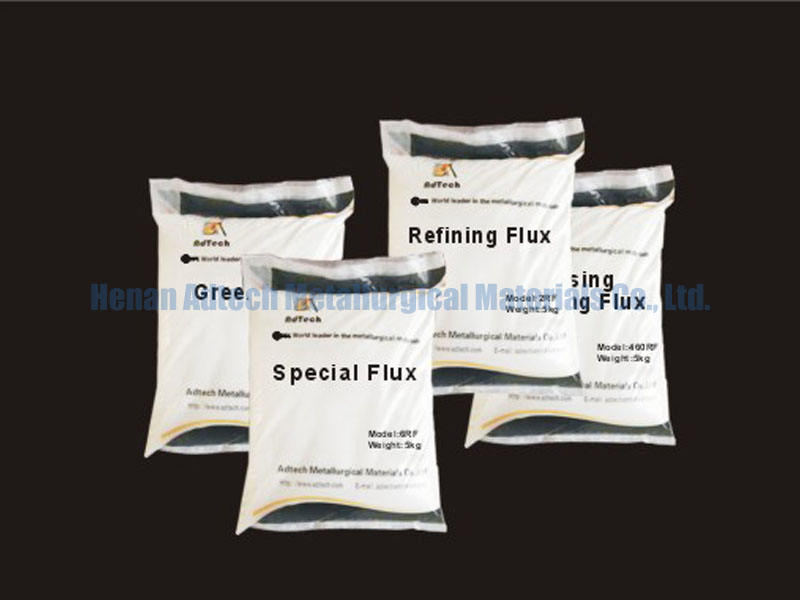
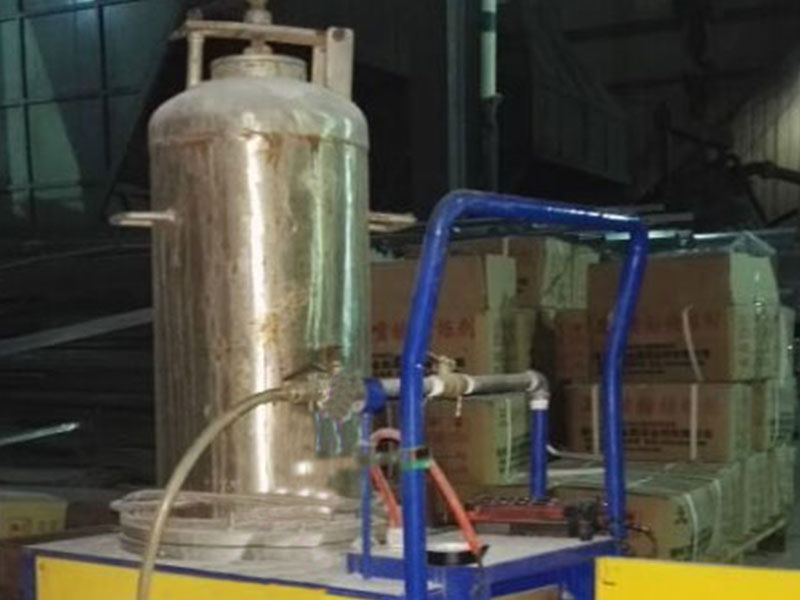
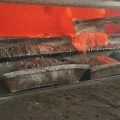
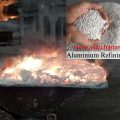
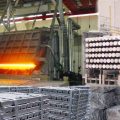
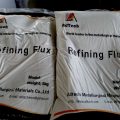


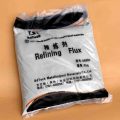
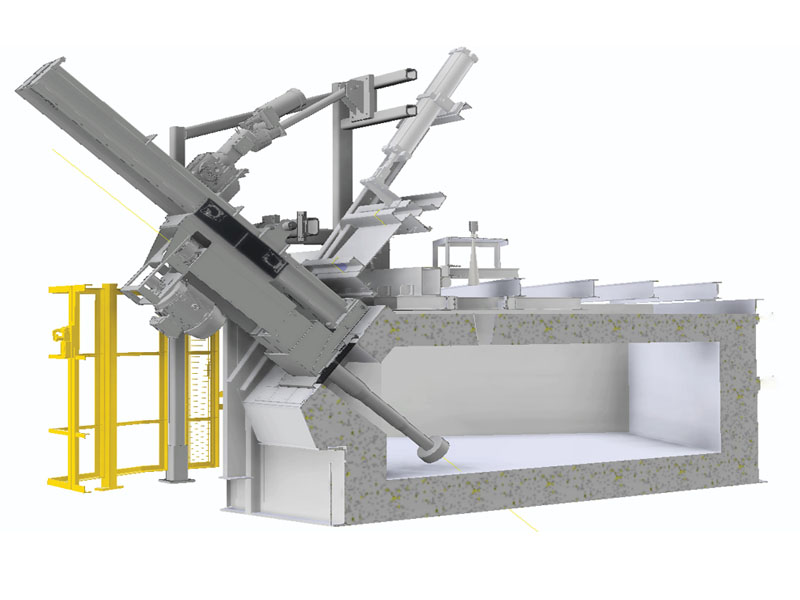
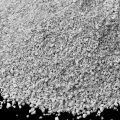
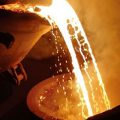

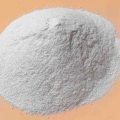
Lynes Ekandjo
Posted at 10:02h, 03 12月Good day.
I’m running a small foundry project, whereby I make aluminum pots from the scrap material (Aluminum).
I want to find out which flux is best to remove dirty in the melted aluminum, please advise I would like to purchase it.
admin
Posted at 06:15h, 05 12月Our business manager will contact you to answer you